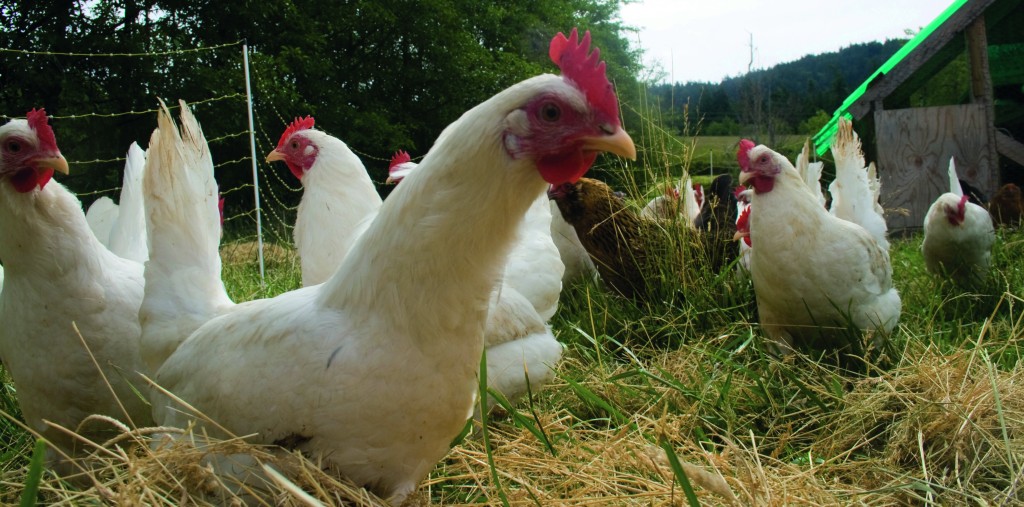About 55,000 birds have been culled in Redgrave, Suffolk, after avian flu discovered last month was traced to a second premises. The first case was confirmed last month at another farm on the Norfolk/Suffolk border and 23,000 birds were culled.
A statement from Defra says: “Our investigations will continue and the restrictions already placed on the site will remain in force until cleansing and disinfection is finished and the investigation is complete.”
Government guidance states that keepers in higher risk areas must continue to keep birds housed or netted. All other keepers can choose to continue to house birds or let birds outside into fenced areas, but must follow strict Defra guidance to reduce the risk of infection.
This includes a risk assessment to check that outside areas are not contaminated and the risk of contact with wild birds is low. Defra says this allows as much free-range production as possible to continue and adds that poultry keepers must continue to follow animal welfare rules.
Producers not in HRAs can allow birds outdoors into fenced areas provided the areas meet conditions:
- They have been made unattractive to wild birds, for example by netting ponds, and by removing wild bird food sources
- Action has been taken to reduce existing contamination, such as cleansing and disinfecting concrete areas and fencing off wet or boggy areas
- The risk of birds coming into contact with wild birds or contamination from them has been assessed.
Producers in HRAs must either:
Keep birds housed in permanent or temporary sheds; or allow birds outdoors, but only into a fenced run which is fully covered by netting.
If you have more than 500 birds extra biosecurity measures must be taken. These include identifying defined areas where access by non-essential people and vehicles is restricted and cleaning and disinfecting vehicles, equipment and footwear.


